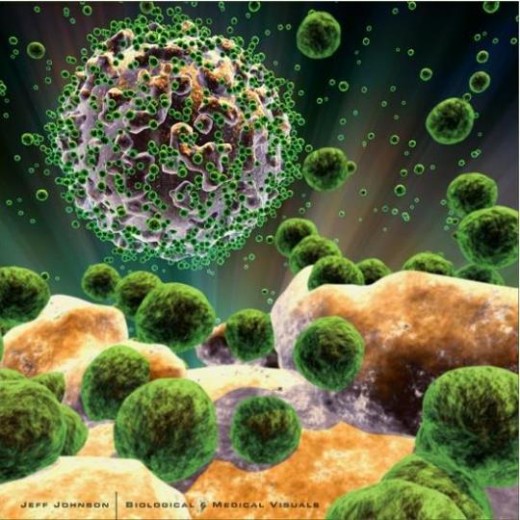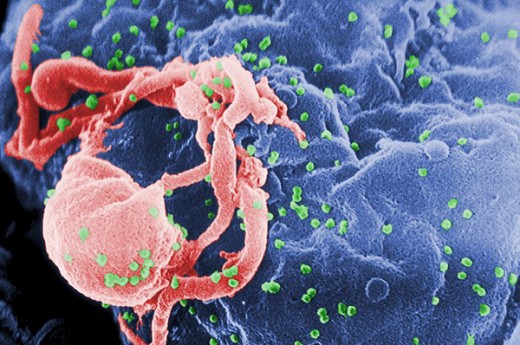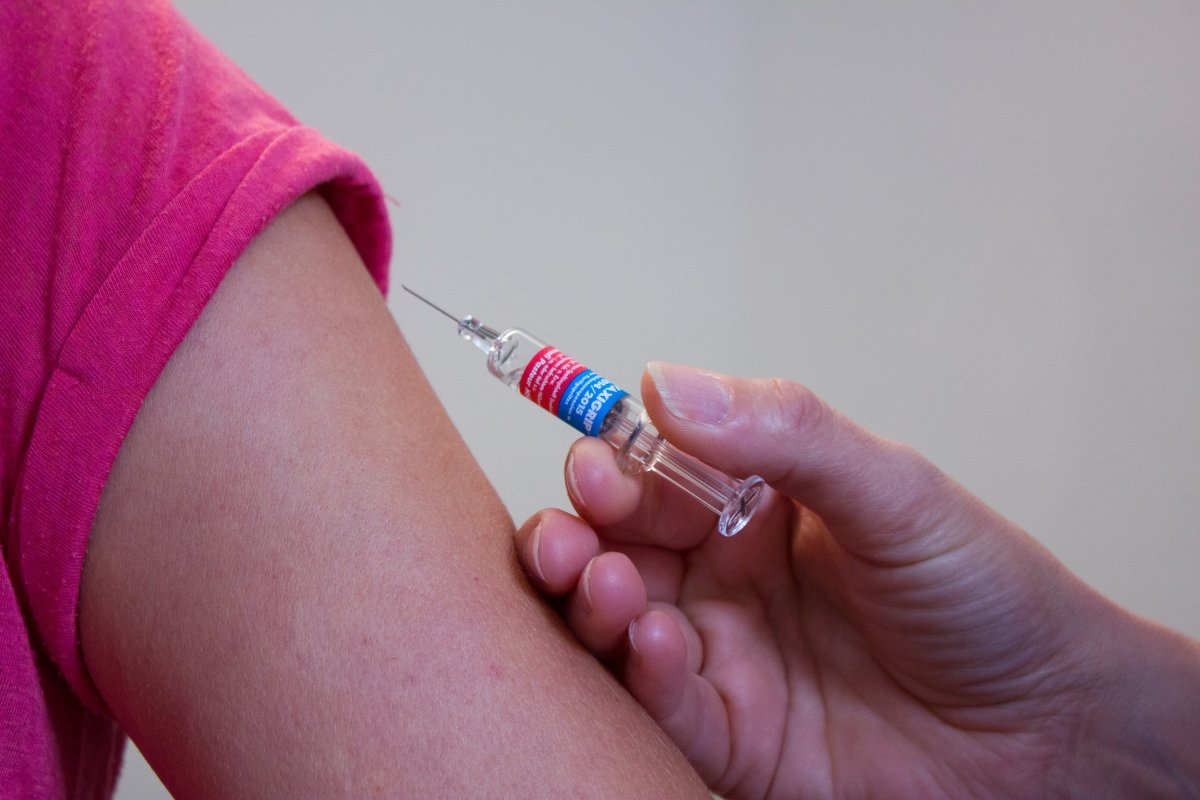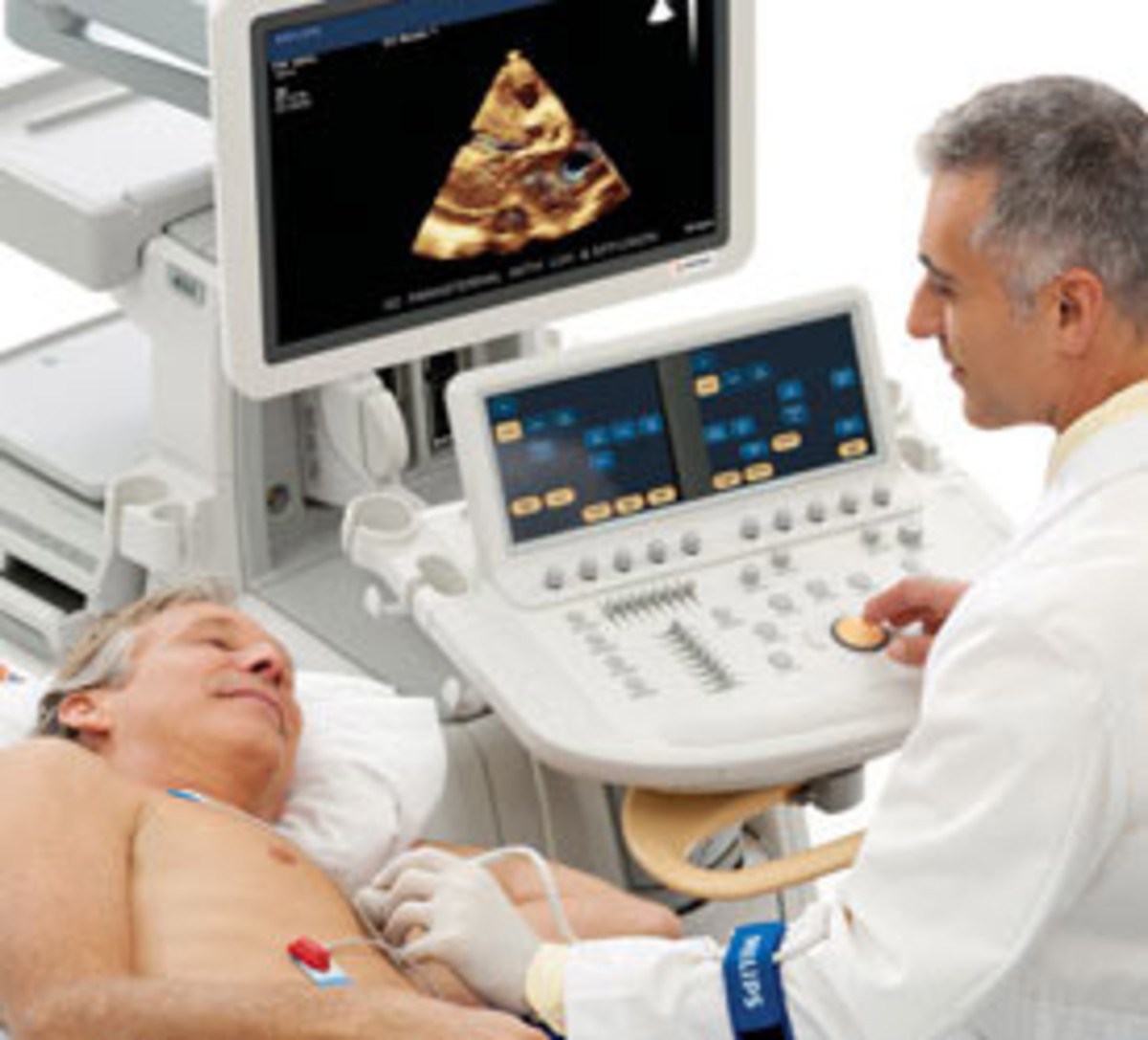How To Make A Flu Vaccine
Introduction
Vaccine is a word we hear about from time to time, but it is especially during the flu season when you hear and see the “V” word a lot more in the news media. Unfortunately, we are never fully prepared for it when the number of people infected with the influenza virus goes up during the winter months. These vaccines are not made in one day like most drugs are when more is needed.
This is the reason why sometimes there is a very limited quantity of vaccine around when the flu season hit. It takes time to make more vaccine when the supply runs low. Also, the flu virus strain mutates to a different strain from year to year. The pharmaceutical companies literally must wait for the virus to appear before they can start manufacturing the vaccine because it is often difficult to predict the exact strain of virus until the virus reappear during the flu season. Unfortunately,this time constraint applies to all vaccines produced by the pharmaceutical companies.

Identification of the Strain of Influenza Virus
The process of making vaccine has been unchanged for the last 50 years. Before a vaccine can be made the Centers for Disease Control and Prevention (CDC) must first identify the strain or genetic makeup of the virus causing the outbreak. Then the process of manufacturing a vaccine is begun once CDC scientists obtain a seed virus from the host.
How the Flu Vaccine works in the Body
Before I begin, let me start by explaining exactly what a vaccine does once it entered the body. Essentially, when a virus entered the body the immune system is provoked to produce antibodies again the virus to contain it. The vaccine causes the same response to occur in the body but with attenuated or weaken viruses so that the response would not be a full-blown one. Besides, causing a production of antibodies, the original virus causes other symptoms such as high fever, aches and pains, vomiting, etc. As you can see, the vaccine basically helps the body develop immunity the natural way to the virus without experiencing all the symptoms at full intensity. We can develop immunity naturally with the original viruses, but obviously the results can be fatal sometimes and in the case of influenza virus, this immunity is short lived because the virus mutates quickly from year to year. This is evolution at work. People use to immunize their children this way. They would have a chicken pox party to spread the virus intentionally from one child to another to immunize the children in the neighborhood.

Making Flu Vaccine with Chicken Eggs
The manufacturing process is started by the introduction of a seed virus into a chicken egg. Once the virus is inside it is allowed to multiply in the clear fluid or allantoic fluid (the white) of the egg for several days. Next, the fluid is collected and purified, but this purification does not remove all the egg material from the vaccine. This is why some people with egg allergy experience an allergic reaction to vaccines. Fortunately, this only happens to a small percentage of the population. This is the most reliable way of making vaccines but there are a couple problems the manufacturer will encounter during the manufacturing process.
For starter, a lot of chicken eggs are used in the process. It is estimated that it takes one to two eggs to produce enough vaccine for one dose. Consequently, if there is a flu outbreak in a particular region of the world and 10,000 doses is needed; the manufacturer will need at least 10,000 eggs or more to produce enough vaccine for that region. Sometimes it can become very difficult to roundup that many eggs in a short period of time. Secondly, since the seed virus is replicated many times, it will eventually mutates from it original genetic makeup to a virus with a different genetic makeup. The vaccine will contain viruses that are virtually ineffective again the disease that it was originally made to produce antibodies against. A series of analytical testing such as protein analysis and DNA analysis are performed during the manufacturing process to minimize this problem. These testing add more time and cost to the production of the vaccine.
In the end, the vaccine contains either live, attenuated viruses or killed viruses. The live, attenuated virus can replicate in the host and produce an antibody response in the body without causing a full-blown disease to develop. It will cause a mild discomfort in some recipients but nothing serious. On the other hand, killed viruses obviously do not replicate, but they will trigger the same antibody response in the recipient as the lived, attenuated virus does.

1918 Flu Epidemic
Future of Making Vaccines
There is a new manufacturing process on the horizon for producing vaccines. Pharmaceutical companies are now trying to make vaccines by using cells, since cells are the natural targets for viruses. Viruses have the genetic material but not the ability to replicate so they must invade dividing cells to hijack there replicating machinery to reproduce. Viruses are harmless until they invade the body. When the seed virus is injected into the egg; the egg contains a limited number of dividing cells thus producing a limited number of viruses. This is why so many eggs are used in the manufacturing process. But when cells are placed in container called a bioreactor, a much larger number of cells can be used to produce much larger quantities of doses for vaccine in a much shorter time. This is the biggest advantage of the new manufacturing process; it produces large quantities of viruses relatively quick to meet unexpected outbreaks somewhere in the world.
© 2010 Melvin Porter






